
Table of Contents
Scientific Classification
- Kingdom: Animalia
- Phylum: Chordata
- Class: Reptilia
- Order: Squamata
- Family: Colubridae
- Genus: Lampropeltis
- Species: Lampropeltis getula
Quick Overview
The King Snake, part of the Lampropeltis genus, is a captivating and diverse group of non-venomous snakes predominantly found in North and Central America. Known for their striking appearance and remarkable behaviors, King Snakes are a popular choice among snake enthusiasts and collectors.
Fast Facts
- Scientific Name: Lampropeltis spp.
- Lifespan: 10-15 years in the wild; potentially longer in captivity with proper care.
- Average Size: Varies by species, most range from 2 to 4 feet.
- Diet: Carnivorous, known for consuming other snakes, including venomous species.
- Habitat: Highly adaptable, found in diverse environments from forests to deserts and grasslands.
Did you know?
King Snakes are famous for their immunity to the venom of other snakes, allowing them to eat venomous snakes, including rattlesnakes, without harm.
Appearance
King Snakes are celebrated for their vibrant and distinctive coloration, often displaying bands or stripes in combinations of black, white, yellow, or red. These patterns vary significantly among species, making them captivating reptiles.
Size and Weight
King Snakes’ size varies by species. Some are as small as 1 foot, while others can grow up to 6 feet in length. They typically weigh between 300-700 grams, with females often larger than males.
Temperament and Behavior
King Snakes are known for their docile nature, making them an excellent choice for reptile enthusiasts. They are not prone to biting and can adapt to captive conditions. They are often active during the night.
Fun Fact:
Some King Snake species mimic the coloration and patterns of venomous snakes like the Coral Snake, helping them avoid potential predators.
Habitat and Distribution
King Snakes have a wide distribution throughout North and Central America and thrive in various ecosystems, from woodlands and grasslands to arid deserts.
Care Guide
For prospective King Snake owners:
- Habitat: Provide a secure enclosure with hiding spots and climbing opportunities.
- Temperature: Maintain a gradient, with a warm side of 80-85°F (27-29°C) and a cool side of 70-75°F (21-24°C).
- Humidity: Ensure 40-60% humidity, with higher levels during shedding.
- Diet: Feed your King Snake a diet primarily of rodents, with some species also consuming eggs and reptiles.
- Health Check-ups: Regular veterinary check-ups are essential to monitor your snake’s well-being.
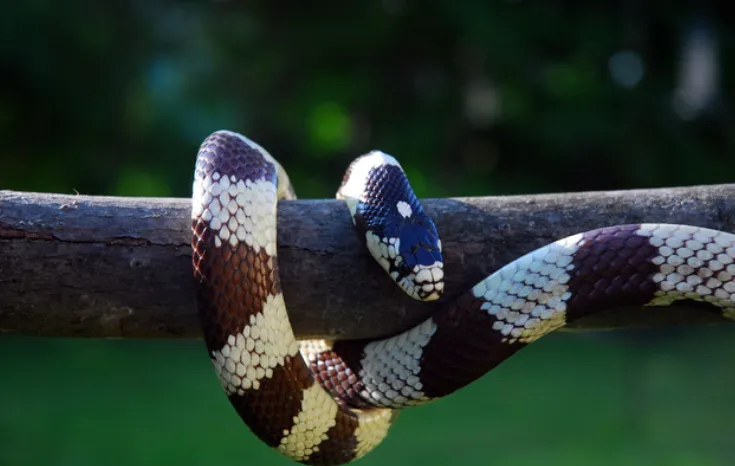
Diet and Nutrition
As carnivorous reptiles, King Snakes primarily feed on rodents, including mice, rats, and occasionally other small mammals. Some species may also consume reptile eggs and even other snakes.
Health and Wellness
Maintaining a suitable habitat, monitoring temperature and humidity, and ensuring regular check-ups with a reptile veterinarian are crucial to safeguard the health of your King Snake.
Breeding
Breeding King Snakes can be a rewarding experience for reptile enthusiasts. Breeding usually occurs in the spring, with female King Snakes laying clutches of eggs. The number of eggs and the incubation period may vary by species.
Conservation Status
Most King Snake species are not considered endangered, but localized threats from habitat destruction and collection for the pet trade exist. Conservation measures are in place in certain regions to protect their populations.
Photo Gallery
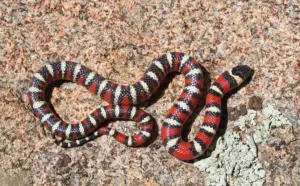
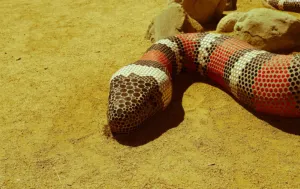
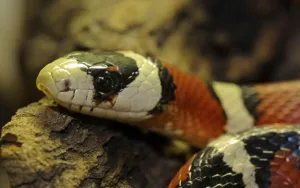
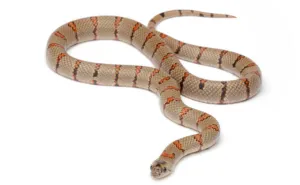
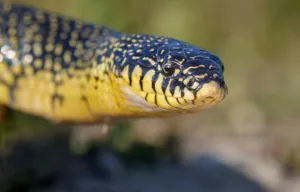
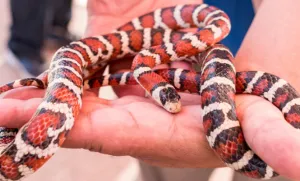
Related Profiles
Share This Profile:
3 Amazing Facts About King Snakes
- Thermoregulation Experts: King Snakes are skilled thermoregulators. They can actively control their body temperature by moving between warm and cool areas, ensuring they stay at an optimal temperature for digestion and other physiological processes.
- Silent Hunters: King Snakes are stealthy hunters. They often use constriction to subdue their prey without alerting potential threats, a strategy that sets them apart from other snake species.
- Cryptic Behavior: Some King Snake species exhibit cryptic behaviors in response to threats. When confronted by a predator, they may perform “death feigning,” where they go limp, flop their mouth open, and release a foul-smelling musk. This unusual act is often enough to deter predators and allows the King Snake to escape unnoticed.
- Enchi Ball Python: A Unique and Stunning Morph of Python regius - March 27, 2025
- Emerald Tree Monitor: The Enigmatic Green Guardian of the Rainforest - March 26, 2025
- The Egyptian Cobra (Naja haje): A Fascinating Serpent - March 25, 2025
